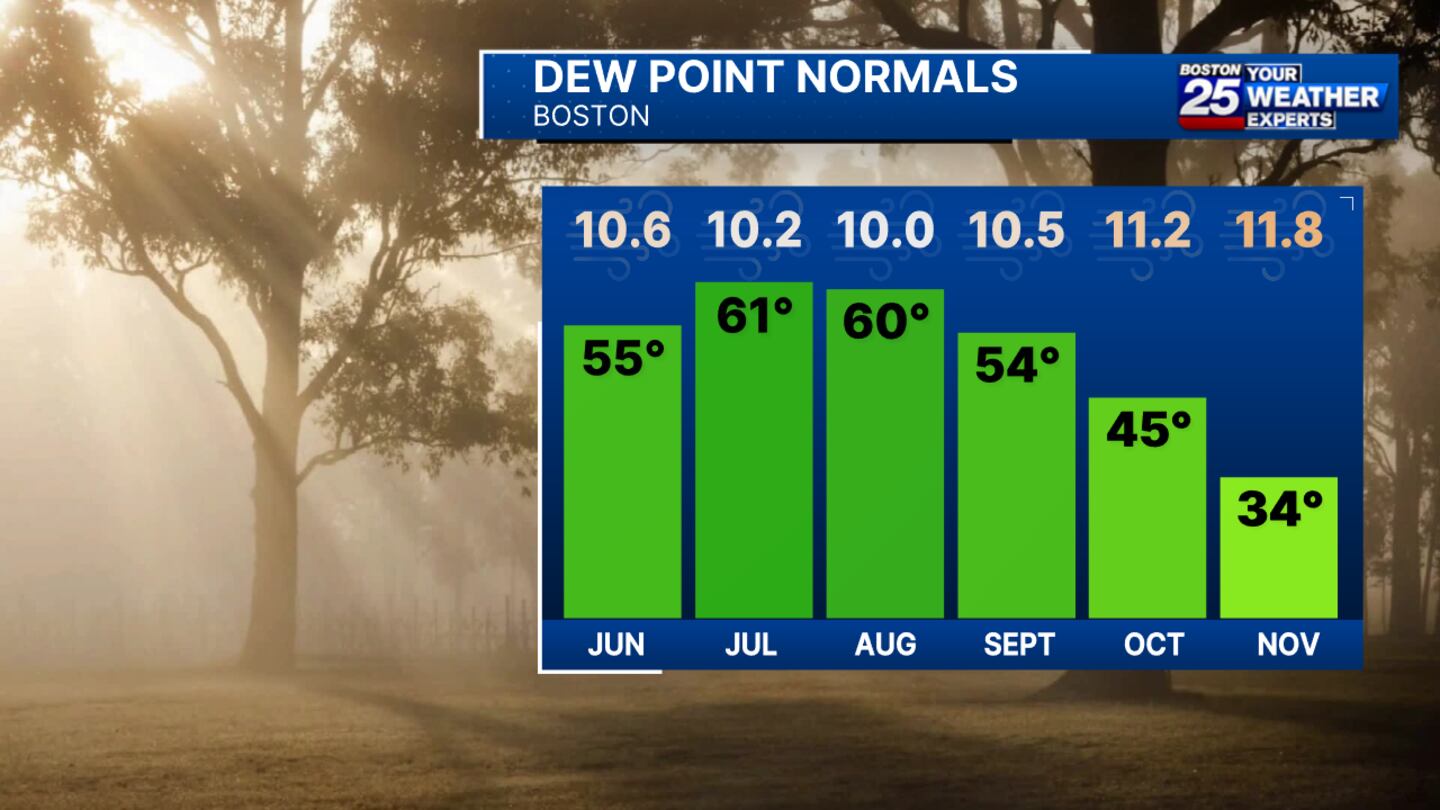A wave of wildfires erupted in the Bay State last fall, but was this a random event or did science have a say in the timing of these small disasters?
To figure this out, we examine the four ingredients that wildfires thrive on: Dry air, strong wind, warm weather, and “dry fuels.” Dry or decomposing organic material, like leaves, would be considered dry fuel.
With these ingredients in mind, we can eliminate some months of the year that would be considered high risk for wildfires. The summer months of June, July, August, and September are humid and lack dry air. Winter months such as December, January, February, and even March are generally too cold. Spring months of April and May are known for blossoming foliage and lack abundant dry fuel.
This leaves us with two months, each of them in the fall: October and November. In these months our air becomes quite dry, but the warm weather often hangs on a little bit longer. During the fall season, trees lose leaves and foliage dies, which provides an abundance of fuel. Not to mention, we experience more breezy days as we get closer to winter.
With all of this in mind, it should come as no surprise that last fall is when we saw wildfire activity sharply increase. To be more specific, mid-October through mid-November is when we experience the highest crossover of these four ingredients.
When it comes to wildfires, there is most certainly a “season” in Massachusetts. Remember to stay ahead of it by raking leaves, looking out for burn bans, and following all other safety recommendations from officials.
Download the FREE Boston 25 News app for breaking news alerts.
Follow Boston 25 News on Facebook and Twitter. | Watch Boston 25 News NOW
©2025 Cox Media Group








